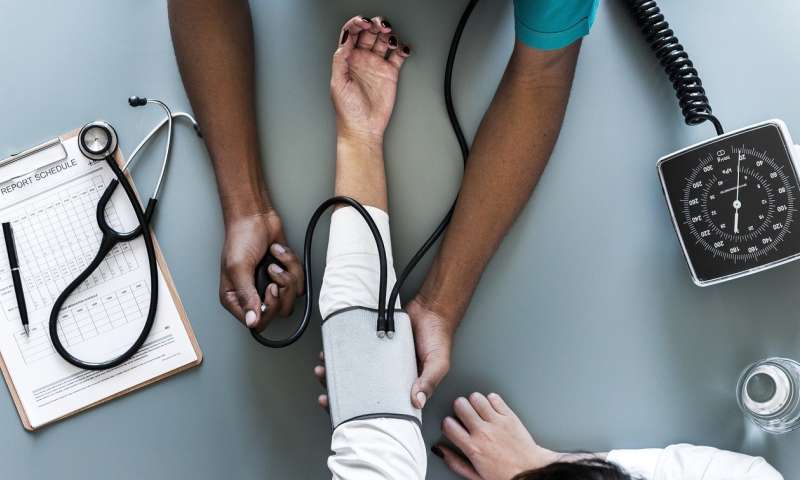
A new University of Kentucky College of Medicine study provides insight into how a protein called angiotensinogen (AGT) contributes to blood pressure regulation and atherosclerosis.
AGT is a member of the renin-angiotensin system, a hormone system in the human body that regulates blood pressure and fluid balance. AGT produces angiotensin II, which regulates blood pressure and contributes to atherosclerosis, or the buildup of plaque in the arteries.
When forming angiotensin II, amino acids are “clipped off” of the AGT protein. The study, co-led by Saha Cardiovascular Research Center researchers Hong Lu and Alan Daugherty, found that replacing the amino acids in AGT did not affect blood pressure or atherosclerosis in mice.
The findings may mean that these amino acids in AGT that were thought of as critical regulators of blood pressure and atherosclerosis may not be as critical as initially thought. A better understanding of the peptide that causes blood pressure changes may provide insight into future drug development, Daugherty says.
“High blood pressure is an extremely common manifestation that is very difficult to treat, The more that is known about the structure of AGT and how it functions can potentially change the way high blood pressure is managed and lessen the chronic disease effects of increasing blood pressure and atherosclerosis,” said Daugherty.
The study used a unique mouse model that lacked AGT in the liver and used a state-of-the-art technique to change the amino acids of the protein in the liver. These tools enabled the team to study whether changes of amino acids in AGT influence blood pressure and atherosclerosis.
The research team is continuing to look at different sequences that are thought to have functional importance to learn more about how the body handles AGT to affect blood pressure.
In addition to Lu and Daugherty, the research team includes Lisa A. Cassis from the Department of Pharmacology and Nutritional Sciences, as well as Saha Cardiovascular Research Center researchers Chia-Hua Wu, Congqing Wu, Deborah A. Howatt and Jessica J. Moorleghen.
Source: Read Full Article